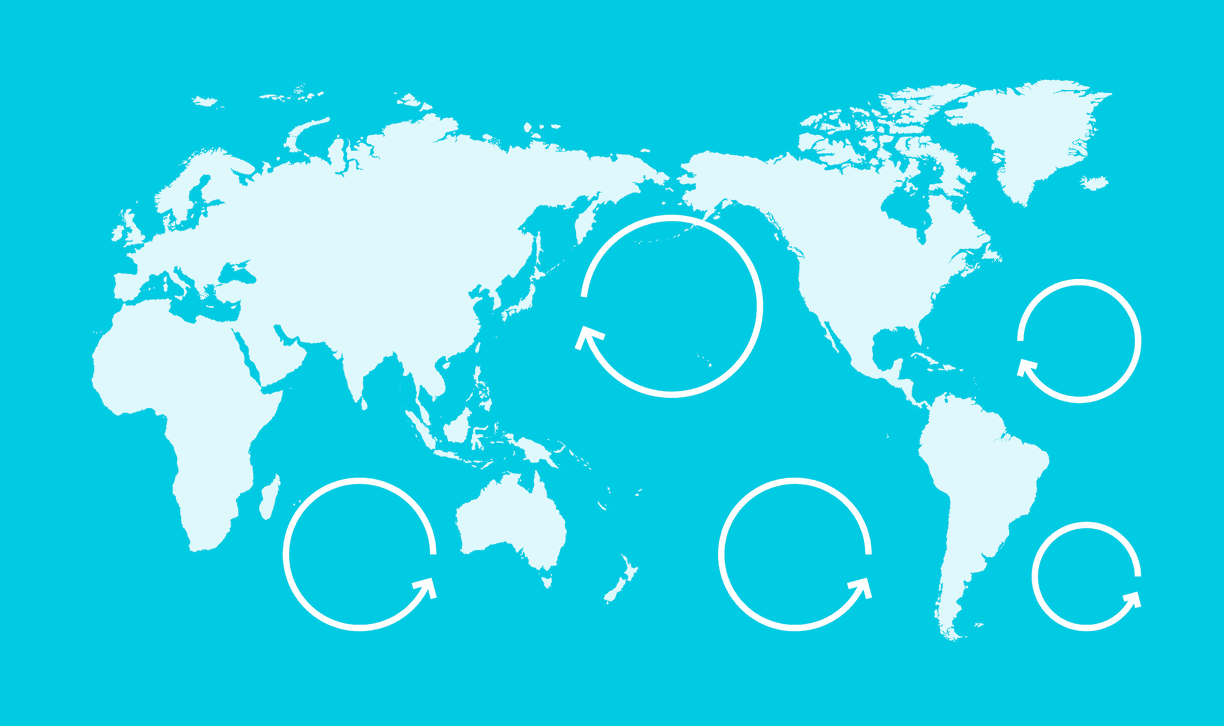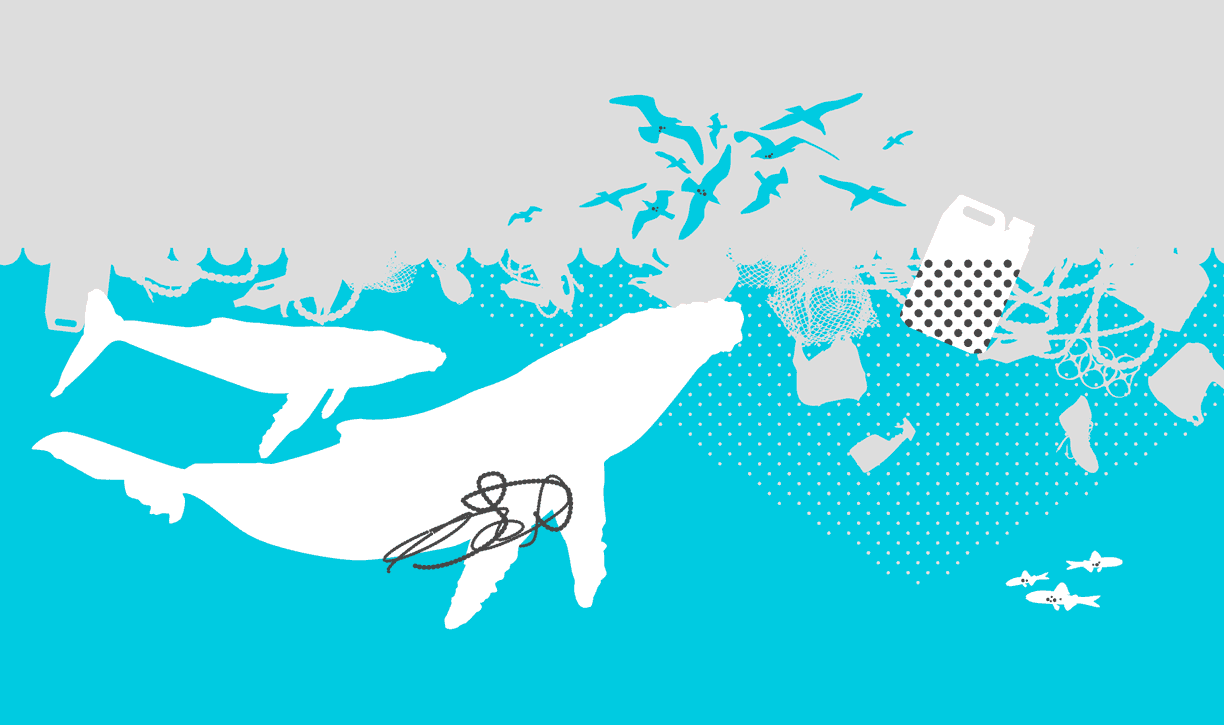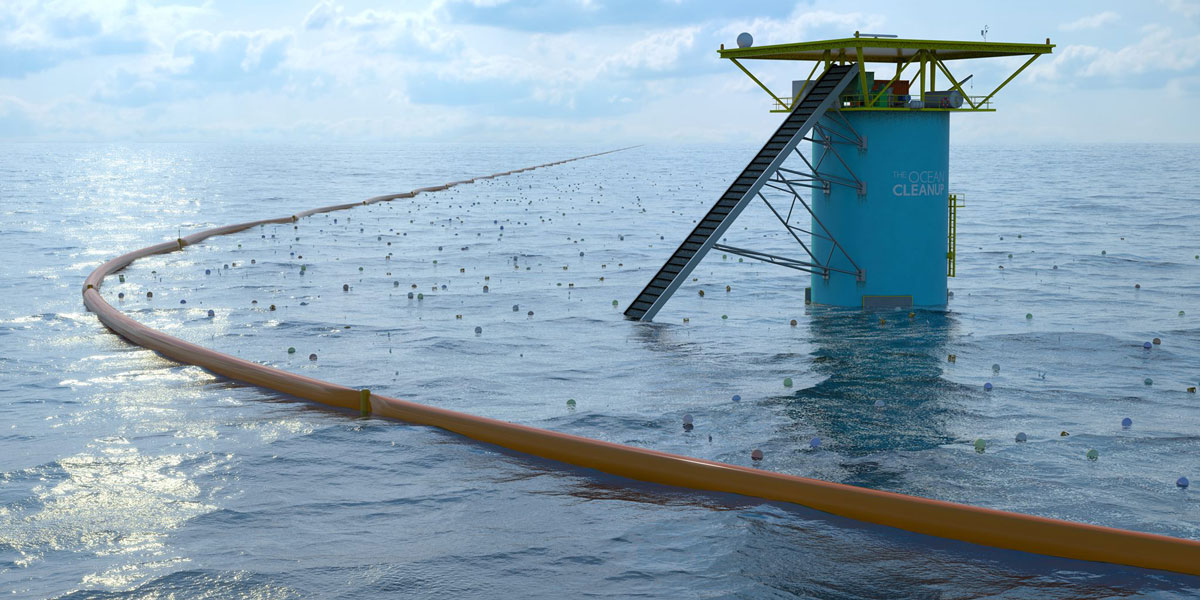This has come up a number of times on our radar, but perhaps like us you did not pay proper attention. That is why we are here to place the subject in front of your eyes again and hope you gain a better understanding of the problem we are facing ….and the solution that we have.
Let’s start off with a simple explanation.
The Facts
About 8 million tons of plastic enters the ocean every year (Jambeck et al., 2015). Part of this accumulates in 5 areas where currents converge: the gyres. At least 5.25 trillion pieces of plastic are currently in the oceans (Eriksen et al., 2014), a third of which is concentrated in the infamous Great Pacific Garbage Patch (Cózar et al., 2014).
This plastic pollution will continue to inflict damage on the following in the decades to come.

The 5 main ocean gyres
Environment
At least one million seabirds and one hundred thousand marine mammals die each year due to plastic pollution (Laist, 1997). The survival of at least 100 species (Gall et al., 2015), including the Hawaiian Monk Seal and Loggerhead Turtle, could be jeopardized by plastic debris (Derraik, 2002). Plastic pollution is also a carrier of invasive species, threatening native ecosystems (Barnes, 2005).

Economy
Plastic pollution causes at least 13 billion U.S. dollars in damage every year to industries that include fishing, shipping and tourism (UNEP 2014). The US West Coast states spend approximately $500 million every year to clean up their beaches. The cost of removing debris from beaches averages $1,500 per ton and can reach up to $25,000 per ton (APEC 2009).

Health
Ocean plastic adsorbs toxic chemicals (including PCBs and DDTs), increasing their concentration by a million (Mato et al., 2001). These persistent organic pollutants enter and bio-accumulate in the food chain, resulting in an even higher concentration of pollutants in fish (Tanaka et al., 2013), including species consumed by humans. Health effects linked to these chemicals are: cancer, malformation and impaired reproduction (Takada, oceanhealthindex.org).

Now for those that want to know a little more, here is a little more in-depth look at the project.
Interested in finding out more, then visit www.theoceancleanup.com and follow them on Facebook.







